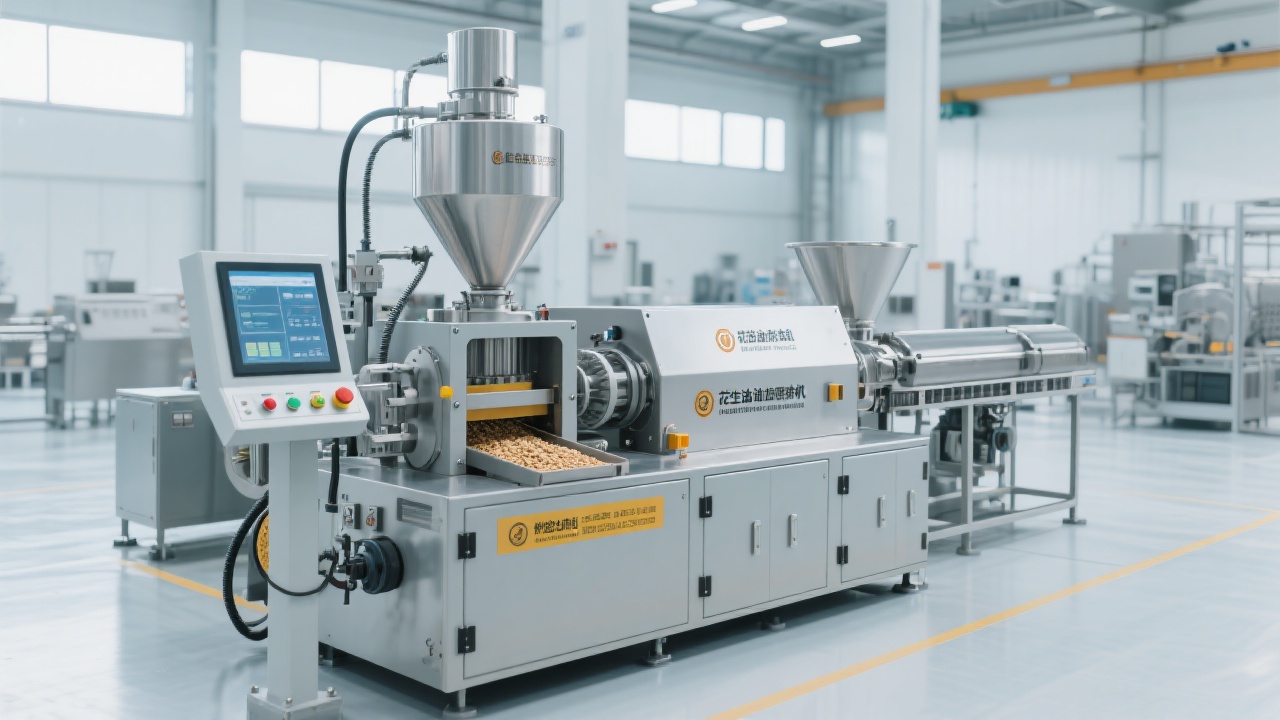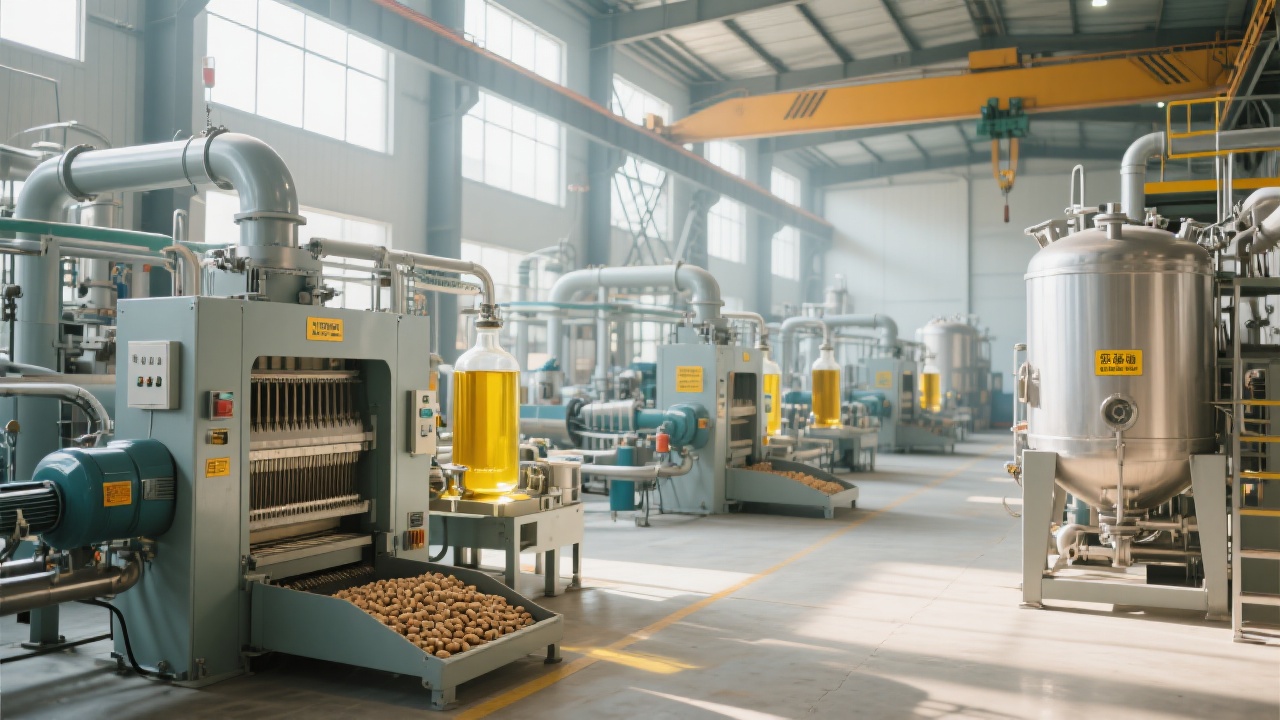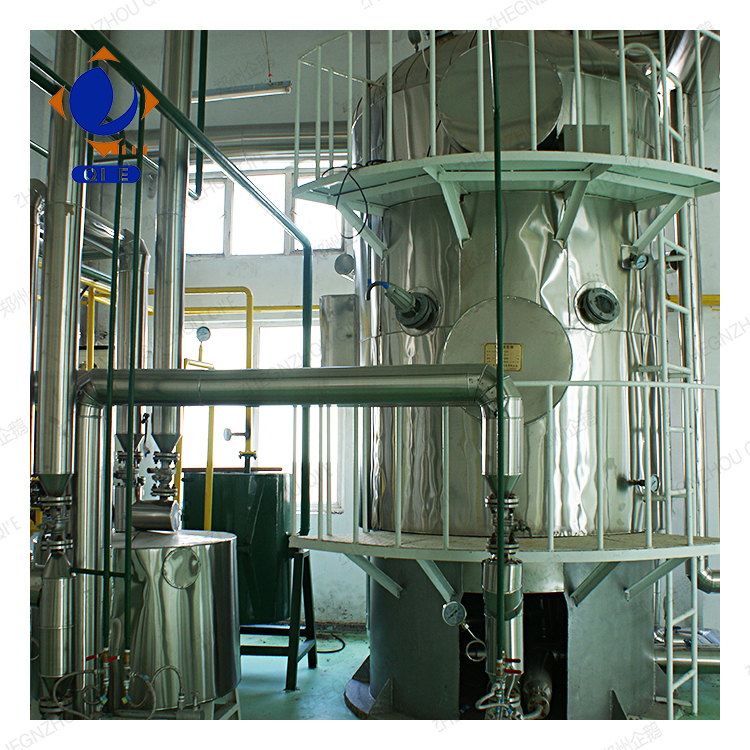
In the years of working in the edible oil processing industry, I've found that many buyers often stumble when it comes to commissioning fully automatic peanut oil presses. Incorrect commissioning can lead to issues such as low production efficiency, unstable product quality, and even equipment damage. This article will guide you through the commissioning steps and troubleshooting methods for fully automatic peanut oil presses, helping you achieve efficient and stable operation of your equipment.
Before starting the commissioning process, it's essential to make thorough preparations. First, check the equipment for any visible damage during transportation, such as scratches, dents, or loose parts. Ensure that all components are in place and properly connected. For example, check the tightness of the belts, the connection of the pipelines, and the installation of the electrical wiring.
Next, examine the operating environment. The working area should be clean, dry, and well - ventilated. The temperature should be within the range specified by the equipment manufacturer, usually between 10°C and 35°C. The humidity should not exceed 80%. A high - humidity environment can cause corrosion of the equipment, while extreme temperatures can affect the performance of the electrical components and the mechanical parts.

The no - load test is the first step in the commissioning process. Start the equipment without any raw materials and let it run for about 30 minutes. During this time, observe the operation of the equipment. Check for abnormal noises, vibrations, or overheating. For instance, a rattling noise may indicate a loose part, while excessive vibration could mean an imbalance in the rotating components.
After a successful no - load test, conduct a load test. Feed a small amount of raw peanuts into the press and gradually increase the feed rate. Monitor the output of the oil and the quality of the peanut cake. The oil output rate should be around 40% - 45% for high - quality peanuts. The peanut cake should be dry and have a uniform texture. If the oil output is low or the peanut cake is too moist, it may indicate problems with the pressing parameters or the equipment itself.
Based on the results of the load test, calibrate the parameters of the equipment. Adjust the pressure, temperature, and feed rate to optimize the oil output and quality. For example, increasing the pressure can improve the oil output, but too high a pressure may damage the equipment. The temperature should be maintained at around 120°C - 130°C for optimal oil extraction.

| Abnormal Phenomenon | Possible Cause | Solution |
|---|---|---|
| Low oil output | Incorrect pressing pressure, improper temperature, or poor - quality raw materials | Adjust the pressure and temperature, and use high - quality peanuts |
| Excessive noise | Loose parts, worn - out bearings, or misaligned components | Tighten the loose parts, replace the bearings, and realign the components |
| Overheating of the equipment | Lack of lubrication, excessive load, or malfunctioning cooling system | Add lubricant, reduce the load, and check the cooling system |
The automated control system of the fully automatic peanut oil press plays a crucial role in ensuring efficient and stable operation. Use the system to monitor the real - time status of the equipment, such as the temperature, pressure, and feed rate. Set up alarms for abnormal conditions to prevent equipment damage. By optimizing the use of the automated control system, you can reduce manual intervention and improve the overall efficiency of the production process.

Here's a real - life case: A peanut oil processing factory in Africa was facing low oil output and unstable product quality. After a comprehensive commissioning and parameter calibration of their fully automatic peanut oil press, the oil output rate increased from 38% to 43%, and the quality of the oil also improved significantly. The factory was able to increase its production capacity and reduce production costs.
Do you have similar problems in your industry? Share your specific scenarios with me, and I'll send you 3 solution cases from the same industry. If you're interested in learning more about our high - efficiency, energy - saving, and automated peanut oil presses, click here for more information.

